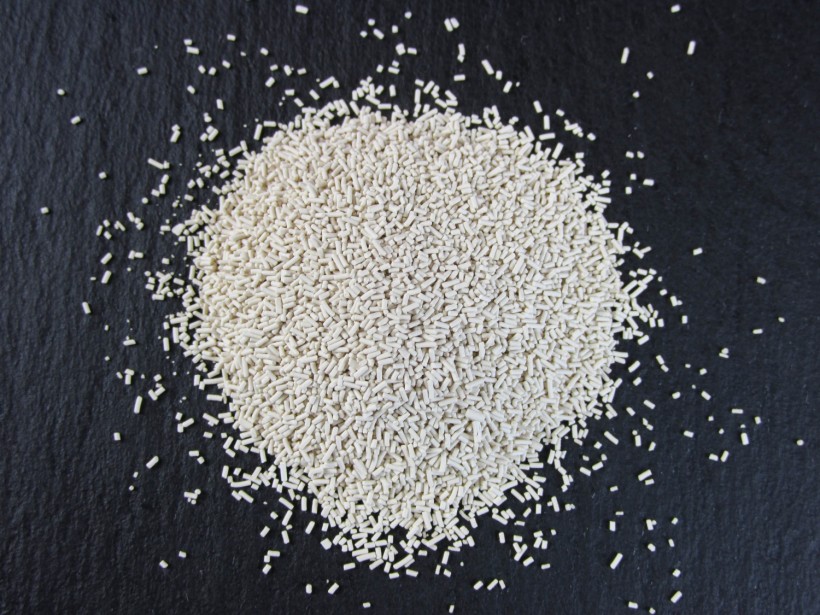Biotechnologist Pascale Daran-Lapujade and her team at the Delft University of Technology successfully inserted human muscle genes into the DNA of baker's yeast. They have successfully inserted a critical human characteristic into a yeast cell for the first time. The study was published in Cell Reports.
Baker's Yeast to Humanized Yeast Uses
Daran-lab Lapujade's introduced a feature to yeast cells controlled by a group of 10 genes humans cannot live without. These genes carry the blueprint for a process known as a metabolic pathway, which converts sugar into energy and biological building blocks in muscle cells.
The University at Buffalo defines baker's yeast as a single-celled fungus called Saccharomyces cerevisiae. Researchers frequently utilize baker's yeast as a model organism to investigate biological processes, including disease. Daran-Lapujade said that medical scientists can use the humanized yeast model for drug screening and cancer research now that they understand the entire process.
The researchers saw many similarities between yeast and humans. It seems strange because yeast lives as single cells and humans are multicellular. But because yeast eliminates all other interactions in the human body, scientists can study a single process in its clean environment. As a result, scientists frequently introduce human genes into yeast.
In comparison to human cells or tissues, yeast is a fantastic organism because of its ease of growth and genetic accessibility. Its DNA can be easily manipulated to address fundamental questions. Yeast is responsible for many pivotal discoveries, such as the cell division cycle.
"As compared to human cells or tissues, yeast is a fantastic organism for its simplicity to grow and its genetic accessibility: its DNA can be easily modified to address fundamental questions," Daran-Lapujade explained via ScieTechDaily. "Many pivotal discoveries such as the cell division cycle, were elucidated thanks to yeast."
In the past, Daran-group Lapujade successfully developed synthetic chromosomes that serve as a DNA platform for creating new functions in yeast. They were interested in determining how far they could advance the cells' ability to function as a whole by incorporating several human genes and entire metabolic pathways.
"What if we take the same group of genes that controls the sugar consumption and energy production of human muscles into yeast?" Daran-Lapujade said.
She wondered if we could humanize such an important and intricate function in yeast. For Ph.D. students and co-first authors Francine Boonekamp and Ewout Knibbe, creating a humanized yeast was surprisingly simple.
The author said they did not just transplant human genes into yeast but also removed the corresponding yeast genes and replaced them completely with human genes.

Dry yeast on black board
Humanized Yeast in Metabolic Process and Other Field
The researchers worked with Professor Barbara Bakker's group at the University Medical Centre Groningen to evaluate the expression of human genes in yeast and their native human muscle environment using lab-grown human tissue cells. Because of the significant parallels between the characteristics of human enzymes synthesized in yeast and their original human cells, the novel humanized yeast is useful as a model for human cells.
Humanized yeasts could be used to study many additional metabolic processes that are similar in yeast and human cells. There were other previous studies related to yeast published in Pub Med.
While Daran-Lapujade is not planning to research applications of the humanized yeast herself, she is more interested in engineering yeast's theoretical and technological elements.
She hopes to work with other researchers interested in using the tool. She asserts that the discovery is just the beginning and that yeast may be humanized further and progressively build up a more complex human environment.
RELATED ARTICLES: Could Modified Yeast Biofuels Replace Gasoline
Check out more news and information on Technology in Science Times.














